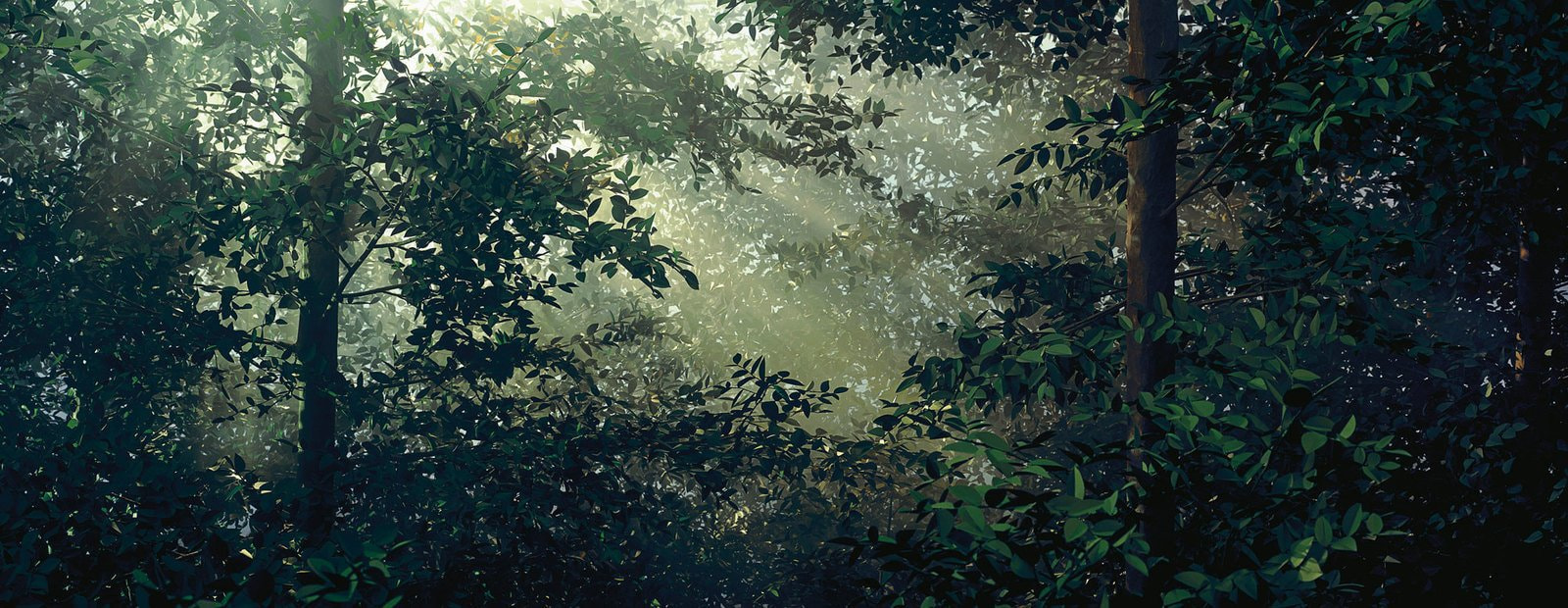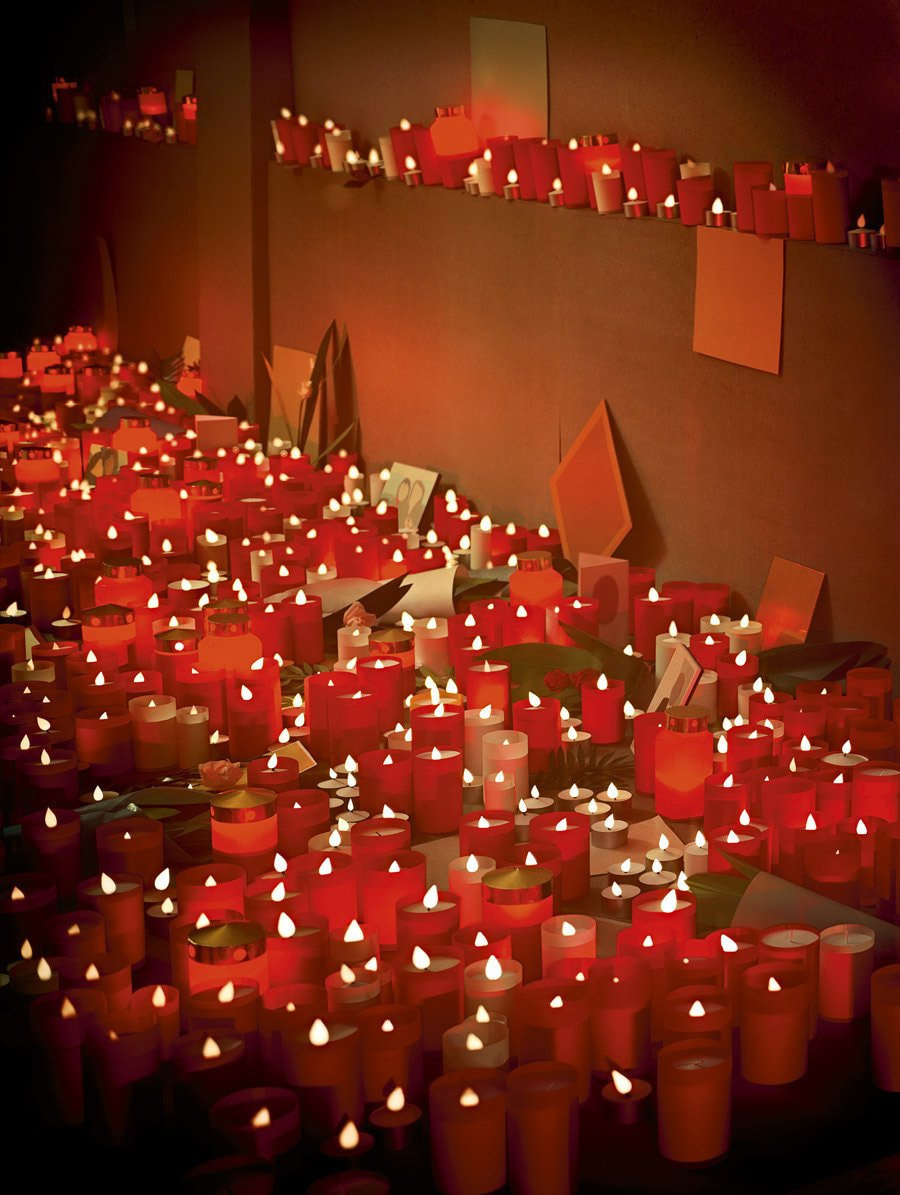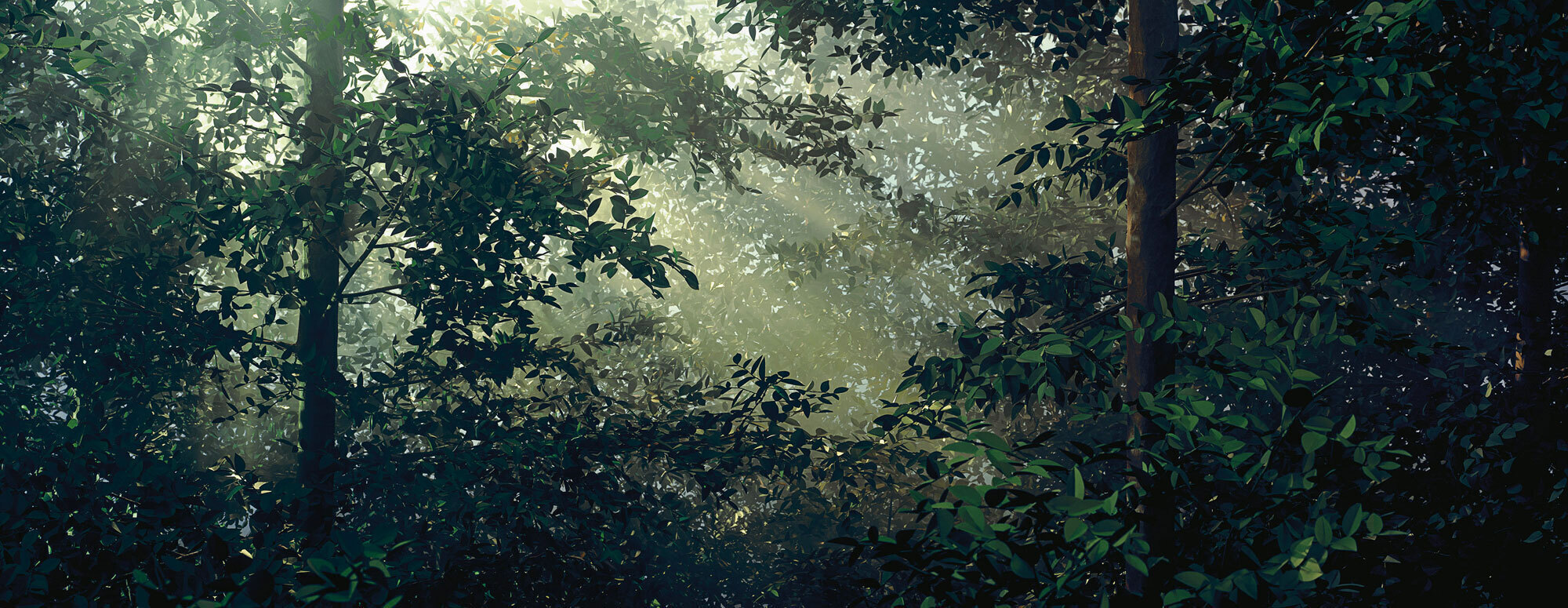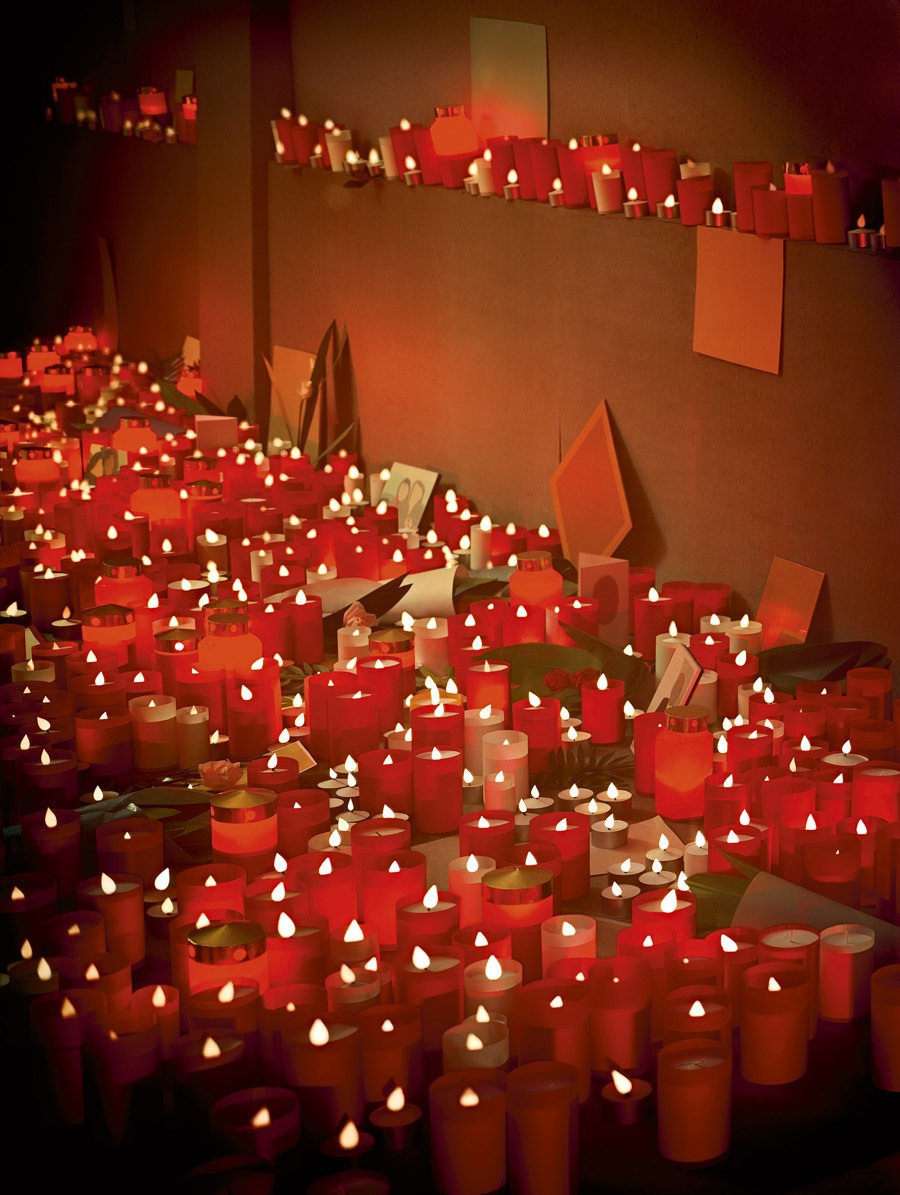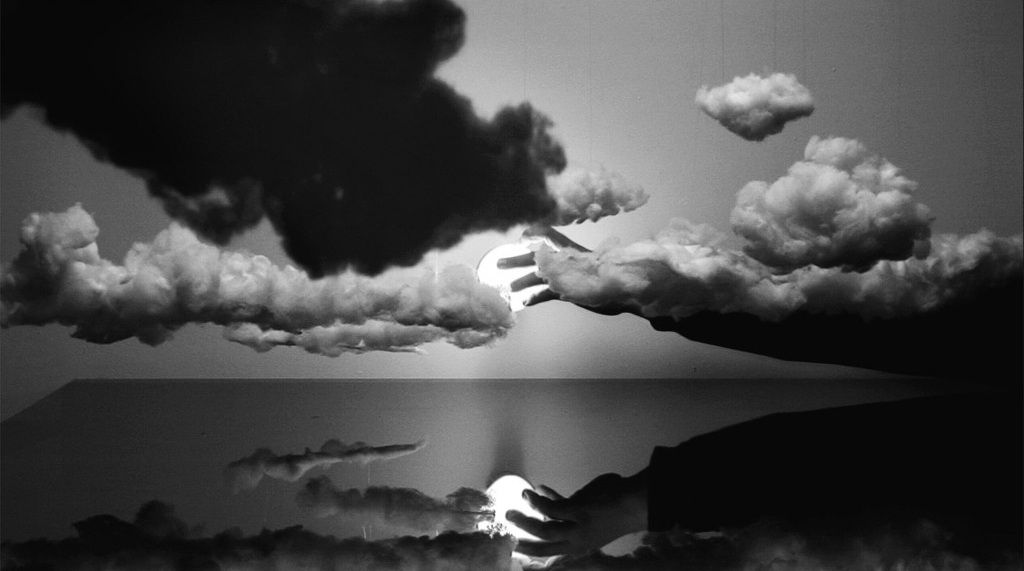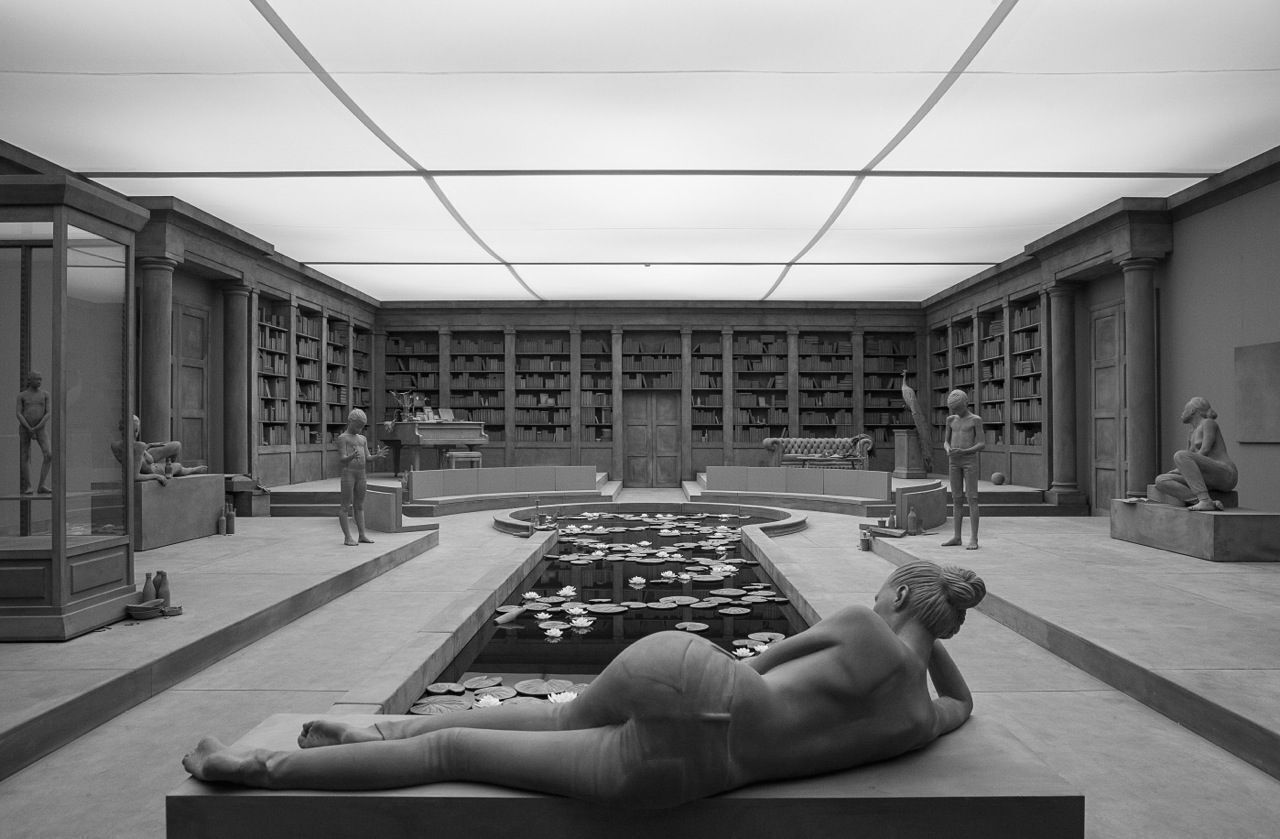Fictional stories and constructed scenes may sometimes unveil meanings as effectively as documentary records. This will be discussed at Irina Kulik’s upcoming lecture.
Thomas Demand (b. 1964) is a German artist who trained in Munich and Düsseldorf before receiving an MA in Fine Arts at Goldsmiths College in London. Starting his career as a sculptor in the mid-1990s, he began experimenting with shooting three-dimensional paper objects on camera, gradually coming up with his own original medium. Since then, Demand has been making models of interiors only to be photographed and then destroyed, his final artworks being extremely large-scale photographic prints, usually installed behind Plexiglas. For Demand, photographic techniques work both as a visual and conceptual form, and he prefers to identify himself as a conceptual artist in the first hand. He often reacts to worldwide socio-political issues and does commissions. His Presidency (2008) series, created for The New York Times magazine, documented the Oval Office in the last days of George W. Bush’s presidency. Meanwhile, his largest project to date is Saal (2011)—a gigantic print on fabric representing curtains, which covered the walls, floor to ceiling, of the main hall of Frankfurt’s Städel Museum.
Contemporary Belgian artist Hans Op de Beeсk (b. 1969) works with an array of mediums, materials and scales. His pieces vary from minimalistic miniatures to large-size three-dimensional objects. De Beeck creates paintings and drawings, installations and sculptures, as well as films, photography and short texts. His aesthetic is recognizable for attention to meticulous details, detachment and silence of sorts: his fictional images and plots are always perfectly finished and therefore look utopian. However, their constructed nature and the removal of the authorship allow the artist to reflect on the “eternal” themes—like time, history, human life and mortality—in the postmodern condition, doomed by irony and frustration. De Beeck has had a number of important personal shows in Europe and the U.S. to his name. He took part in the Venice, Shanghai and Singapore Biennials, as well as contributing to dozens of group exhibitions at venues, such as Tate Modern (London), Centre Pompidou (Paris), Haus der Kunst (Munich), and other world leading institutions.
